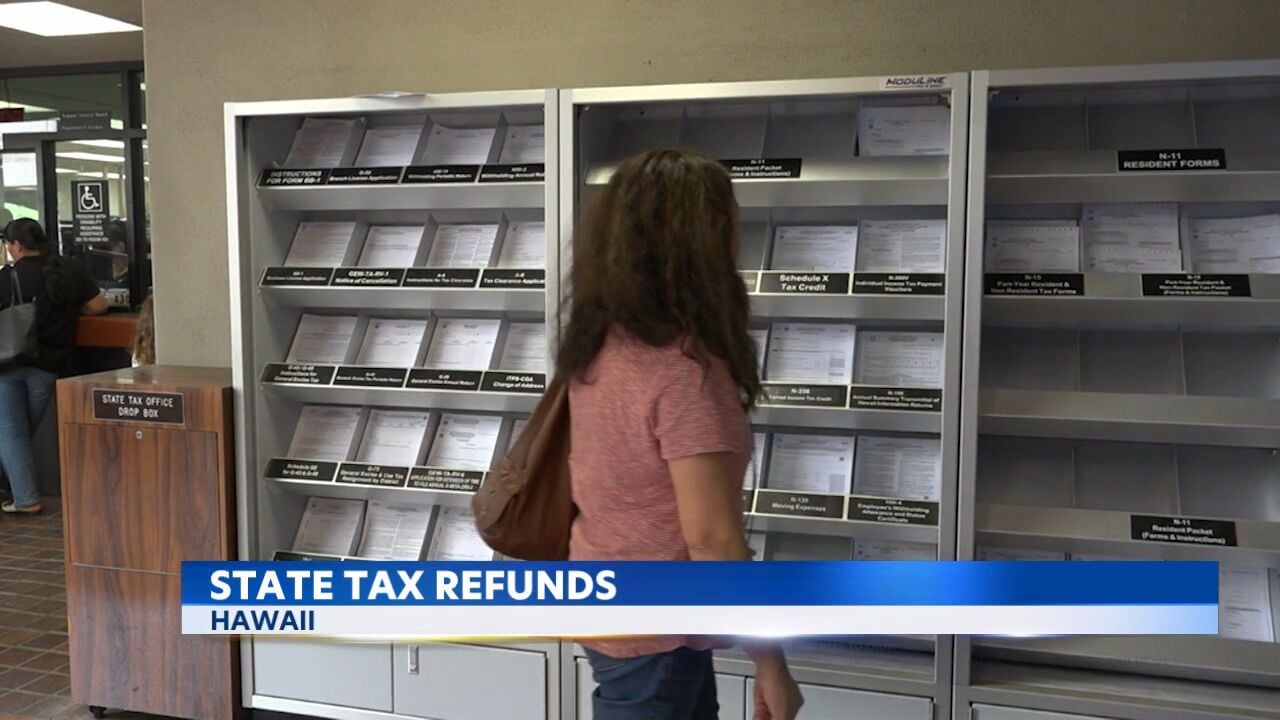
Comparing Hawaii State Income Tax Rate 2022 Burden to Other States: Unveiling the Fiscal Landscape
Introduction: Navigating the Taxation Seas
In the vast ocean of state income tax systems, Hawaii stands as a unique island with its distinct tax structure. This article dives deep into the financial waters, comparing Hawaii State Income Tax Rate 2022 burden to other states. Let’s unravel the complexities, explore nuances, and understand how the Aloha State fares in the broader fiscal panorama.
Understanding Hawaii’s Tax Framework
The Aloha State’s Income Tax Mechanism
To comprehend the comparison, it’s crucial to dissect Hawaii State Income Tax Rate 2022 system. The state employs a progressive tax structure, with multiple tax brackets ranging from 1.4% to 11%. This complexity necessitates a meticulous examination to gauge the actual burden on taxpayers.
Exotic Influences on Taxation
Hawaii’s unique geographical and economic factors, such as its stunning landscapes and vibrant tourism industry, play a pivotal role in shaping its tax policies. The state heavily relies on tourism, influencing its revenue streams and subsequently, its taxation strategies. Analyzing these factors, including the Hawaii state income tax rate 2022, is imperative for a comprehensive understanding of the income tax scenario. As of 2022, Hawaii’s state income tax rate continues to be a key determinant in assessing the overall financial landscape, making it essential to consider this crucial factor in any in-depth analysis.
The National Mosaic: Contrasting Hawaii with Other States
Sun, Surf, and Taxation: A Comparative Analysis
- Hawaii vs. California: The Pacific RivalryThe Pacific coastline rivalry extends beyond the waves into the fiscal realm. While both states boast high living costs, differences in tax rates and structures create a divergence in the income tax burden.
- Hawaii vs. Texas: A Tale of No Income TaxContrasting the tropical paradise with a Lone Star state brings the no-income-tax allure of Texas into focus. Exploring the implications for residents provides insights into the diverse approaches states take.
- Hawaii vs. Alaska: Resource-rich vs. Tourism-drivenPitting Hawaii against Alaska showcases the divergence between resource-rich and tourism-dependent states. The impact on income taxation becomes evident when considering these polar opposites.
Navigating the Nuances: Factors Shaping Tax Burden
Cost of Living and Income Tax: A Symbiotic Relationship
Economic Trends and Taxation: A Symbiotic Relationship
Economic trends shape taxation policies, and Hawaii is no exception. Examining how the state adapts to economic shifts provides crucial insights into the flexibility and resilience of its income tax system.
Decoding the Numbers: Data-Driven Analysis
Quantifying the Burden: Income Tax Statistics
Diving into statistical data is essential for a meticulous comparison. Analyzing income tax figures, tax revenue allocation, and expenditure patterns unravels the financial intricacies of Hawaii’s tax landscape.
Conclusion: Unveiling Hawaii’s Fiscal Identity
In conclusion, comparing Hawaii State Income Tax Rate 2022 burden to other states requires a nuanced understanding of its tax framework, unique influences, and economic dynamics. This exploration transcends the surface, delving into the depths of taxation intricacies.
Hawaii’s fiscal identity, shaped by its geographical uniqueness and economic dependencies, sets it apart in the national tax landscape. As we navigate these waters, it becomes evident that the income tax burden is a multifaceted interplay of policies, economic trends, and regional disparities.
Make informed decisions about your fiscal journey, keeping in mind the distinctiveness of Hawaii’s tax ecosystem. This exploration is a compass for understanding the nuances of income tax, steering through the complexities of state fiscal policies.

